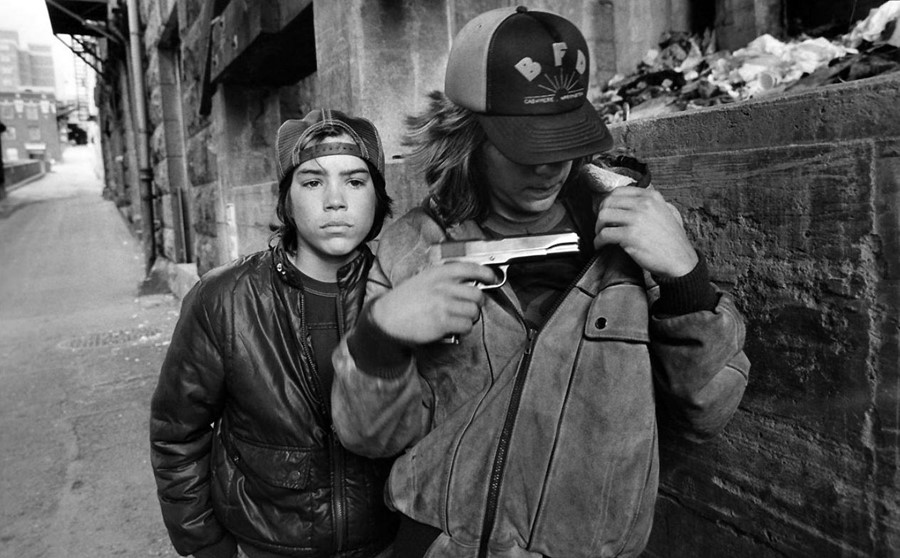As of this writing in December of 2019, I’m excited to see a new film I’ve only read about it (I don’t count seeing the trailer; I’ve stopped trusting that trailers will ever accurately convey a sense of a movie’s true scope or artistic design). The movie is called Midnight Family, and it’s directed by the young filmmaker, Luke Lorentzen.
The film is about a private ambulance company in Mexico City, one of hundreds that supplement the woefully thin government-run system. The film doesn’t sound like an agenda-driven documentary, it sounds more like a visceral thrill ride through the jagged, neon-streaked night streets of one of the world’s most exciting and complex cities (I’m going to make my second trip to Mexico City in less than a week). What I’m most looking forward to in Midnight Family is to see how Lorentzen pulled this film off as a one-man band: directing, producing, editing and shooting (with two cameras!). His primary focus was the B-roll, the vital raw material that uniquely separates film from every other medium.
He claims he wanted to make a strictly observational film, letting the sound and images speak for themselves. It remains to be seen if the film contains the raw grit of a classic like Streetwise or the prettied-up ponderousness of the recent Angels Are Made of Light. Both are also observational films, driven by all-consuming imagery, but rigorous intent doesn’t always translate into aesthetic triumph.
As I write in my book, Get Close: Lean Team Documentary Filmmaking, when evaluating your B-roll at the planning stage of your project, “you need to be intentional about the narrative thrust of your B-roll. Does the B-roll have a storytelling function; does it enhance or advance the story? Or is it mere filler between talking heads?” Or, as in the case of Angels Are Made of Light, is it luxuriously composed and lighted wallpaper?
Another question my book recommends you ask yourself at this early stage: “Is it “logistically possible to capture the B-roll operating as a one- or two-person crew? You’ll need to evaluate the location, the weather, the available light, and the dynamic or static nature of the subject matter with this priority in mind. Will you be able to shoot technically usable footage, meaning footage that is in focus, properly exposed, properly color balanced, and with a variety of angles? Will you be able to move, adapt, react, and—most importantly—record high-quality sound given the conditions you’ll be working in? Evaluate the “action” of the film. Will your subject be on the move, mostly static, or both?”
I’ve read interviews with Lorentzen in which he asked himself these questions when planning his film. You need to do the same. “Ask vital questions about your B-roll before you get started. If there are no creative or remotely compelling ways to tell your story visually, why make a film about it?”
In the next Pro Tip, I’ll write about the last two concerns in this initial phase of evaluating your project: location and equipment.
Watch Streetwise (not yet available on DVD or online). Martin Bell 5/5
Coming soon in Lean Team Pro Tip #9: Logistics of Location and Equipment

